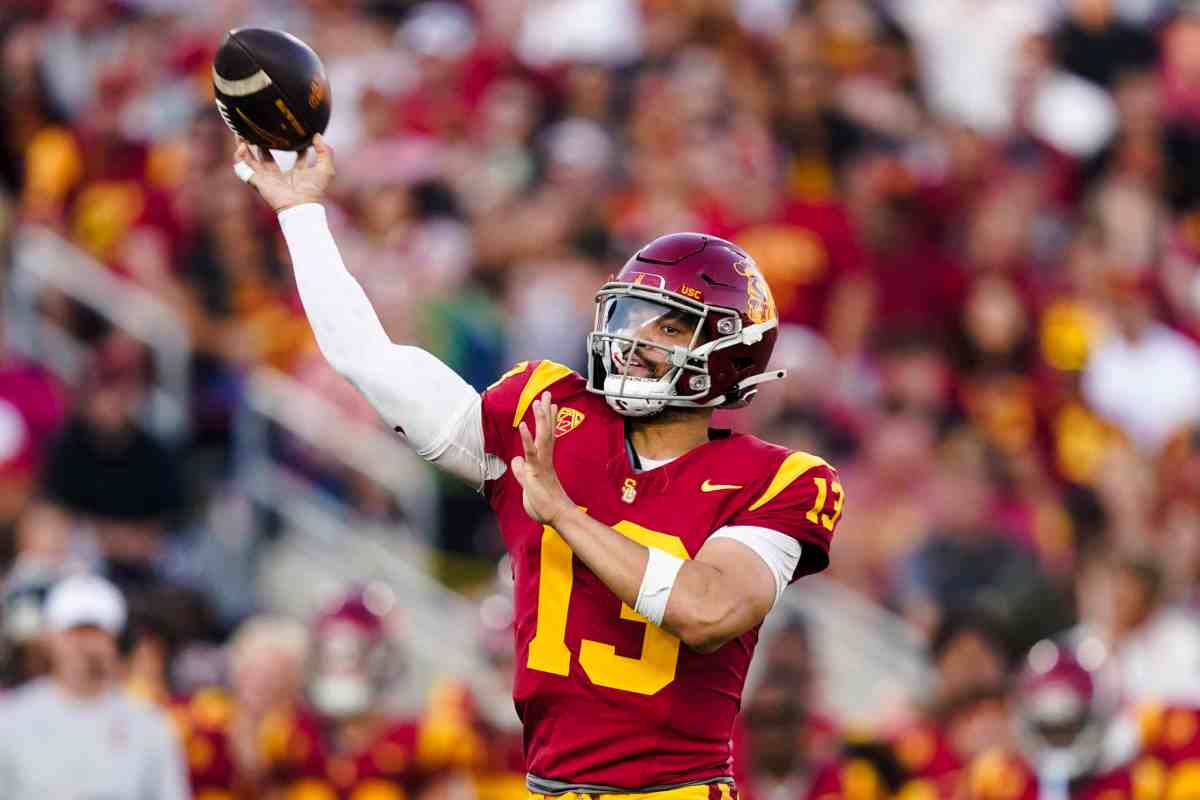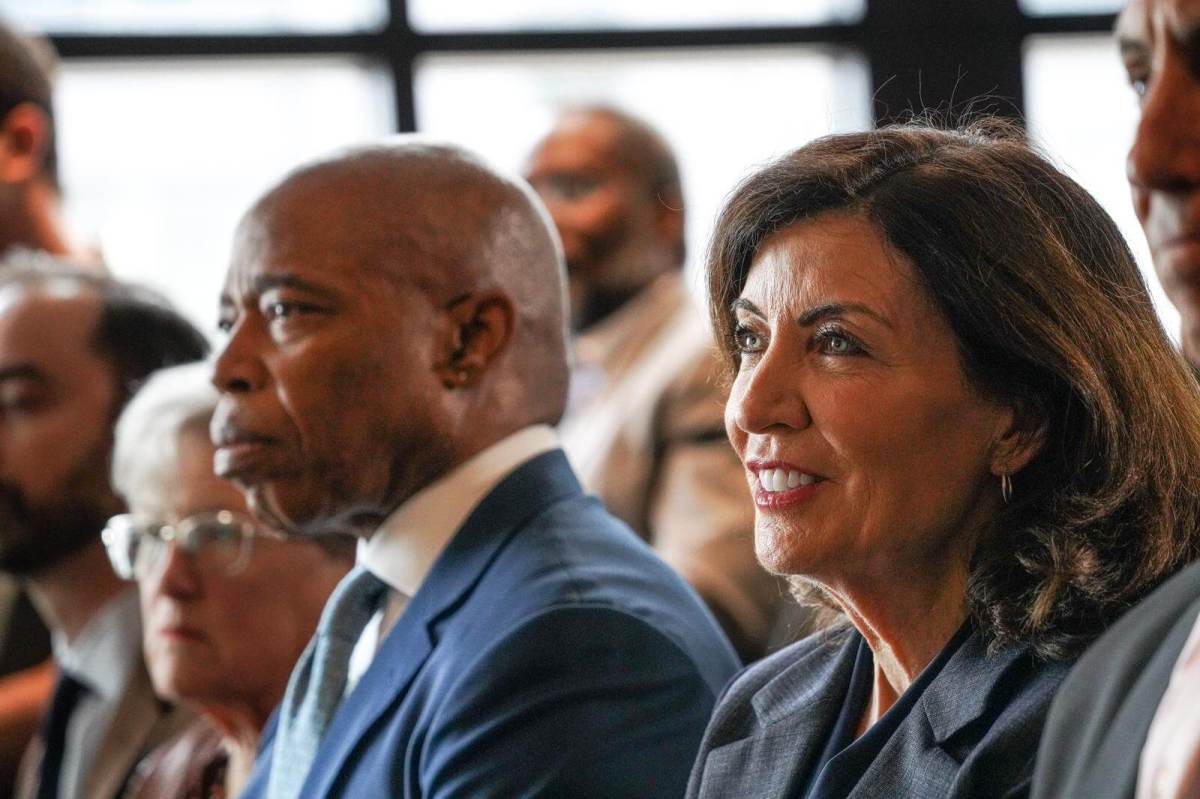 There is no bigger money driver in American sports than the Super Bowl.
There is no bigger money driver in American sports than the Super Bowl.
Credit: Getty Images
For companies, an AAA credit rating is the pinnacle of achievement, a sign that they’re in excellent shape and attractive for investors. For countries it is, too. Well-performing countries like Germany, Sweden, and Canada have it.
So do the Green Bay Packers.
Yes, that’s right: Sports teams are now ranked not just according to athletic success but also to their monetary value and creditworthiness. It’s easy to understand why, because there are big profits being made.
Just look at Manchester United, the English soccer team.
“The Glazer brothers [Joel and Avram Glazer, the team’s majority shareholders] recognized that the club has commercial potential and have acted accordingly,” explains David Chattaway, head of sports valuation at Brand Finance, a leading brand valuation consulting group.
“Manchester United has gone from having 10 to now having around 50 commercial partners. They sell rights to companies around the world in a piecemeal way. For example, rather than having one mobile telephony partner, they have one in every region.”
So many sources of revenue from just that one channel means big bucks.
The fact that American football teams have credit ratings and European soccer teams can have 50 commercial partners — worldwide, no less — illustrates that money is a big player in sports today.
“Today, corporate sponsorships are everywhere,” explains Sean Morrison, director of athletic development and marketing at Fairleigh Dickinson University in New Jersey. “You can’t go inside a stadium that isn’t named after a corporate donor. Everything is a revenue stream.”
Higher up the leagues, athletic success determines a club’s commercial fate.
“It’s crucial to a team’s value,” says Chattaway. “Athletic success brings exposure in the media, and commercial partners want to be affiliated with a winner. International fans won’t keep supporting a team whose matches they can’t see on TV.”
The income from those commercial partners, of course, allows a team to buy better players, which it helps further improve their athletic results. And so on and so on.
That’s not necessarily a bad thing: the same revenue streams are putting lesser-known sports in the spotlight too, and bigger payouts mean parents are increasingly willing to pay substantial sums for their children’s athletic training. The danger, of course, is that children may grow up thinking of sports not as a their recreational pursuit but as a lucrative career.
Or rather, that their parents want a return on their investment. “Parents look a sports and say, ‘I’ve got an investment to protect,’” notes Morrison. “That puts pressure on both kids and coaches.”
But we may have reached a point where money has become a threat. That’s because, at least in Europe, soccer salaries have skyrocketed to an untenable level.
“There’s some regulation in Britain, but it’s much looser than in the US, where players have salary caps,” explains Chattaway. “Clubs can have revenues of £100 million and player salaries of £100 million. That’s not sustainable. But clubs keep paying these high salaries because if players’ wage demands aren’t met, they’ll go to another club. But there has to be a commercial reality Football behind the high wages.”
That reality, of course, means more and higher-paying sponsors. With the world economy improving, that’s 150 not a far-fetched concept. That inflation, however, will trickle down to the kids’ level — when coaches, teams, parents and players have to decide 120 whether the increasing role of money benefits the game.
Super Bowl scores a billion dollars
There’s no sports-and-money feast bigger than the Super Bowl. It’s also “the one time of the year when people don’t skip the commercials” on television, says Super Bowl expert Allen St. John.
St. John, a writer for Forbes, is the author of “The Billion Dollar Game: Behind the Scenes of the Greatest Day in American Sport,” and spoke to Metro about the money issues surrounding the annual football finale.
Has the Super Bowl always been so money-intensive?
No, though there has always been a business aspect to it. Back in the 1960s, there were two rival football leagues, playing at the same time, for the same TV audience, even competing for the same players. Cooler heads decided that the two leagues should merge. Having a championship was part of that plan, and it was easiest to play it at a neutral site. At the very first Super Bowl they had to give away tickets. Still, the merger allowed football to blossom in the way it has.
What attracts the sponsors?
Sponsors don’t directly sponsor teams in American football. Instead, the Super Bowl is a way of selling advertising on TV. The NFL is so attractive because games mostly happen in Sundays, so fans talk about them throughout the week. A game is an opportunity to get together with friends. It has become a social thing. But the Super Bowl is much bigger than that. It’s a secular holiday. You can’t avoid it.
How big?
It’s the highest-rated television show [in the U.S.] each year. People don’t get together to watch TV as much as before, but the Super Bowl is one of the few occasions when they do it. And it’s the one time of the year when they don’t skip the commercials. Instead, they watch and rate them. Advertisers salivate over that idea, which is why they spend so much money on it. And the Super Bowl is getting bigger and bigger every year. In the first year, the halftime show was a marching band; now we have the biggest stars, like Bruce Springsteen.
What does a city have to do in order to get to host the Super Bowl?
Cities compete for it just like cities compete for the Olympics. You get the Super Bowl by building a stadium, which today costs around $1 billion.
















